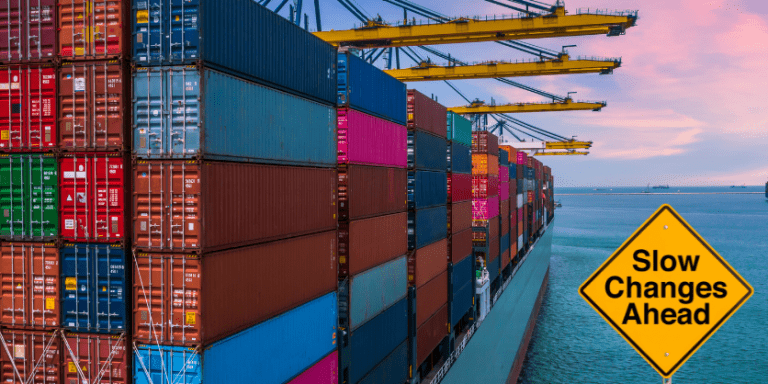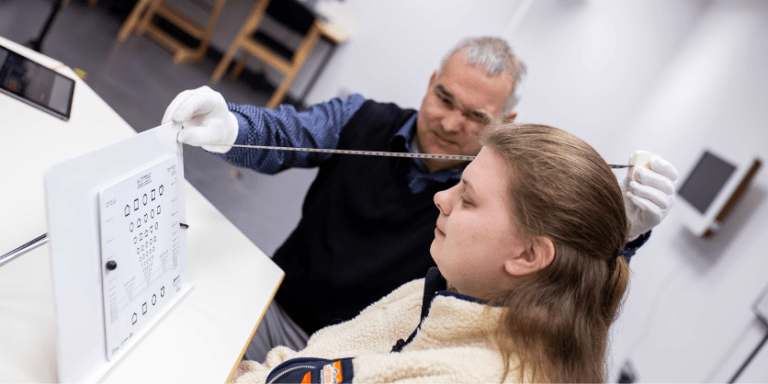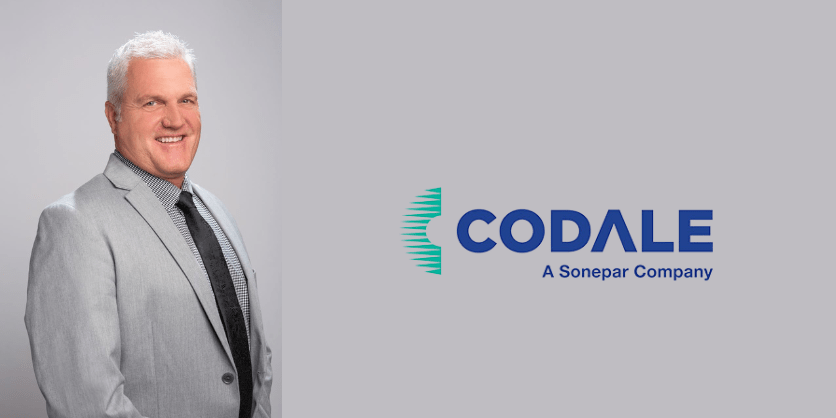What’s Next for Lighting? A Gut Check on Where We’re Headed

By David LaVigna – dlightworks.co
After 25+ years in lighting, I’ve learned that our industry doesn’t really do “slow and steady.” We leap. We pivot. We reinvent.
What was once about watts and fixture counts has become a high-stakes intersection of technology, wellness, data, and design. And as we stand on the edge of another big shift, I’ve been thinking a lot about where we’re headed — not just in terms of products, but in how we think about lighting altogether.
Here’s my take on what’s coming in the next three to five years. Not a prediction, but more of a pulse check.
1. Smart Controls Grow Up (Finally)
We’ve been calling things “smart” for years — but let’s be honest, a lot of it has been glorified scheduling and occupancy sensing. What’s next feels much more interesting: lighting systems that actually understand context.
We’ll see a shift from automation to awareness — systems that adjust lighting based on behavior, time of day, environmental conditions, and even emotional cues. Imagine a space that knows when people need focus vs. collaboration and adjusts accordingly without you needing to touch a single control.
AI-driven platforms will be at the heart of this, blending HVAC, lighting, and occupancy into a unified, user-focused experience. The future isn’t a dashboard — it’s invisibility.
2. Laser LED: Small Size, Big Impact
Laser-based lighting isn’t new — but it’s about to matter more.
Smaller, brighter, and highly efficient, laser phosphor LEDs are opening the door to form factors we couldn’t imagine even five years ago. Think tiny light sources with massive punch. For designers and architects, this means less compromise between aesthetics and performance.
Will this hit mainstream commercial lighting overnight? Probably not. But in performance-driven environments – high bays, extreme conditions, outdoor – this will be a breakthrough worth watching.
3. The Next Evolution of Human-Centric Lighting
We’ve moved beyond “tunable white.” The next step is designing light that aligns with how people live, work, and heal.
Over the next few years, I expect a lot more nuance here — spectral tuning that’s truly biological, systems that support circadian health in more meaningful ways, and platforms that personalize light based on who you are, not just where or when you are.
We’re not far from fixtures that can adapt to your sleep cycle, track light exposure, or even integrate with wearable data. Whether this ends up in healthcare, education, or high-performance workspaces first — human-centric lighting is growing up.
4. Fixtures That Talk (and Listen)
Lighting has quietly become one of the best real estate plays for sensor-based intelligence.
Why? Fixtures are already powered, distributed evenly, and line-of-sight. Add in sensors, Li-Fi, heat mapping, or asset tracking and suddenly lighting is your data network. We’re going to see lighting become a core data infrastructure, not just a line item in the electrical budget.
Clients will start asking, “What else can this fixture do for me?” And the answer better go beyond lumens.
5. Sustainability That’s More Than a Spec Sheet
Efficiency is table stakes. The conversation is shifting toward material impact, lifecycle design, and circularity. Can the product be repaired? Reused? Is there transparency on sourcing?
I expect more pressure – especially from architects and end-users – for lighting products that can be upgraded, not just replaced. This also means documentation will matter more: digital product passports, traceability, and real-time impact data will all become differentiators.
If you’re not already designing for end-of-life, now’s the time.
Lighting as Platform, Not Product
At the end of the day, lighting is shifting from “thing” to experience. It’s not just about brightness or color — it’s about how light makes us feel, how it connects us, and how it supports the spaces we create.
That’s why I think the real innovation won’t come from the tech alone. It’ll come from the people who know how to bridge the creative with the operational — designers, engineers, manufacturers, and strategists who understand that lighting is both art and infrastructure.
So what’s next? Everything, really. And I’m here for it.
About David LaVigna
David LaVigna is a seasoned creative and strategic executive with 25+ years of experience leading innovation, product development, and business transformation across the lighting and technology industries. Known for blending product excellence with sales rigor, he has scaled companies to multimillion-dollar success while mentoring teams and fostering compassionate, collaborative, outcome-driven cultures. Learn more at www.dlightworks.co
Editor’s Note: Do you have an opinion about a technology, trend, or industry challenge that you would like to share with a larger audience? Write down your thoughts (600-1,000 words) and email them to us for consideration in an upcoming column.
Related articles






